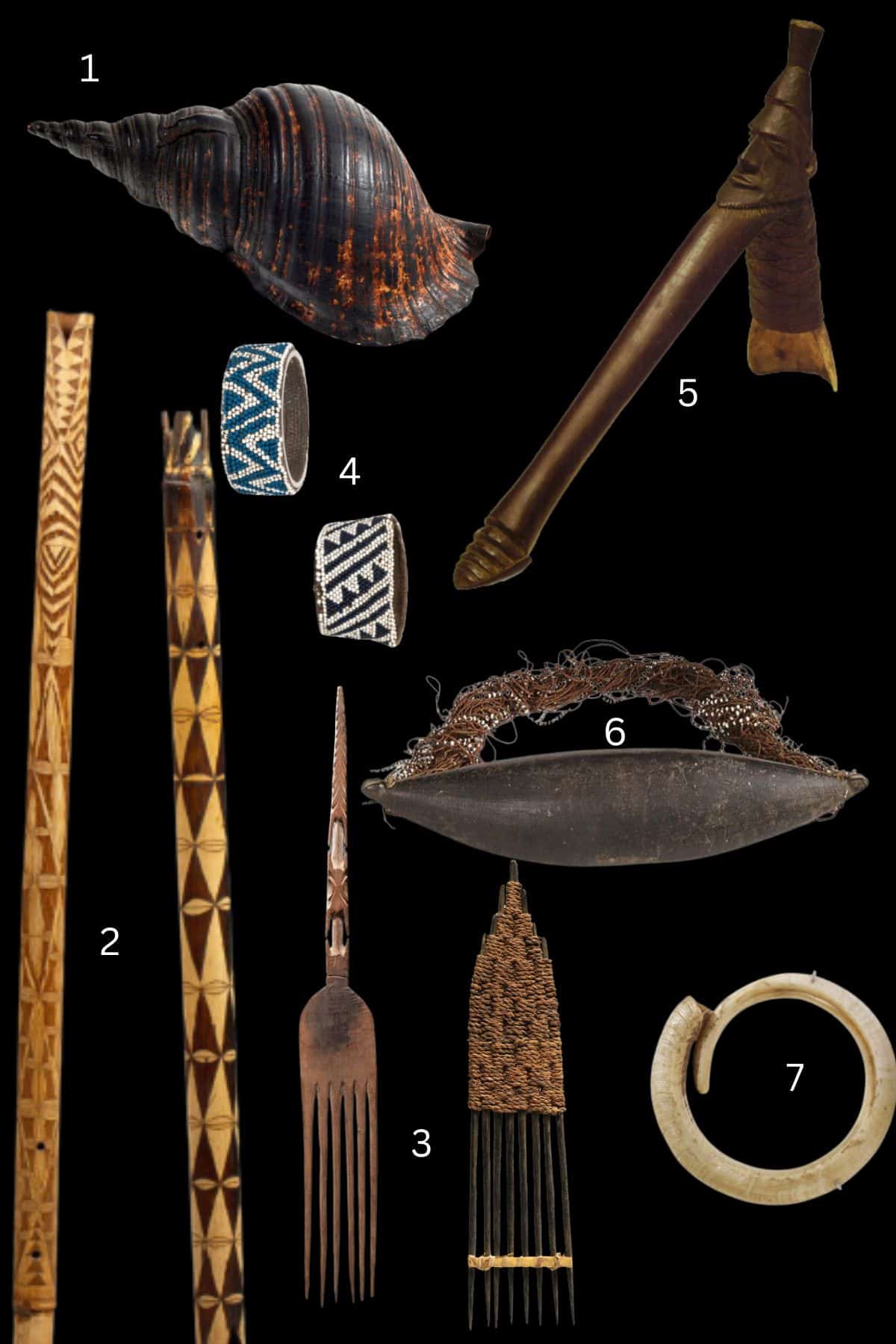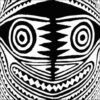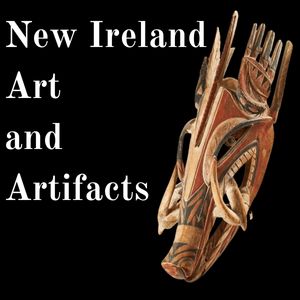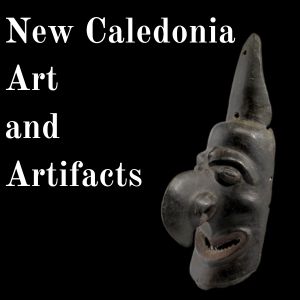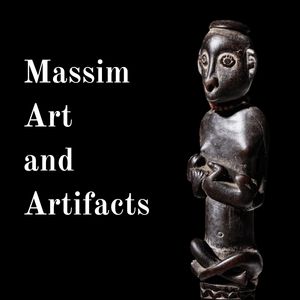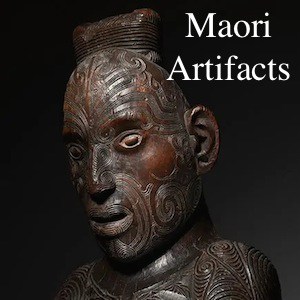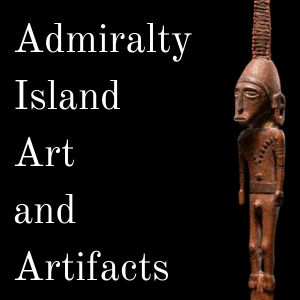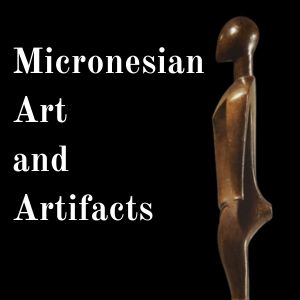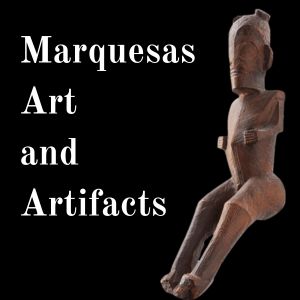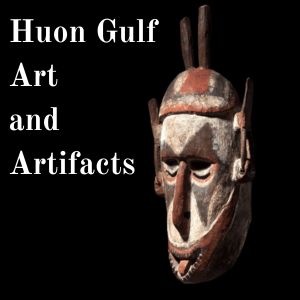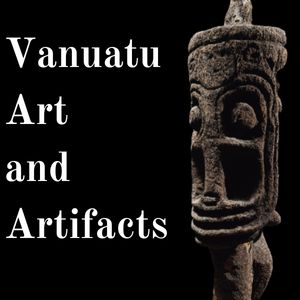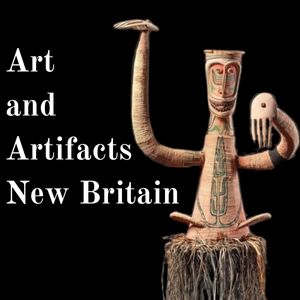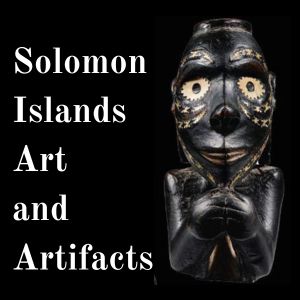Vanuatu Art and Artifacts
Old Vanuatu Art and Artifacts are valuable and very collectable. This is especially true for pieces made for indigenous use and not for sale to tourists. Vanuatu does not only have one art style. The traditional Tribal Arts vary from island to island. The artistic variation reflects traditional cultural boundaries and language groups. Much of the art is associated with initiation grade rituals and the desire to achieve higher grades drove the production of artworks.
This article looks at the different types of Vanuatu art and Artifacts. It will give you an idea of what to look for when determining if your piece of traditional Vanuatu Art is a masterpiece or not.
I buy and sell Vanuatu Artifacts and art from the Pacific Islands and the process is straightforward. Just send me a photo of your Vanuatu Art of Artifact and I will give you an idea of what I would be willing to buy it for.
In a single article, it is impossible to cover the subject of Vanuatu Art and Artifacts in great depth. This is just a taste of some of the wonderful objects that this region of the Pacific produces.
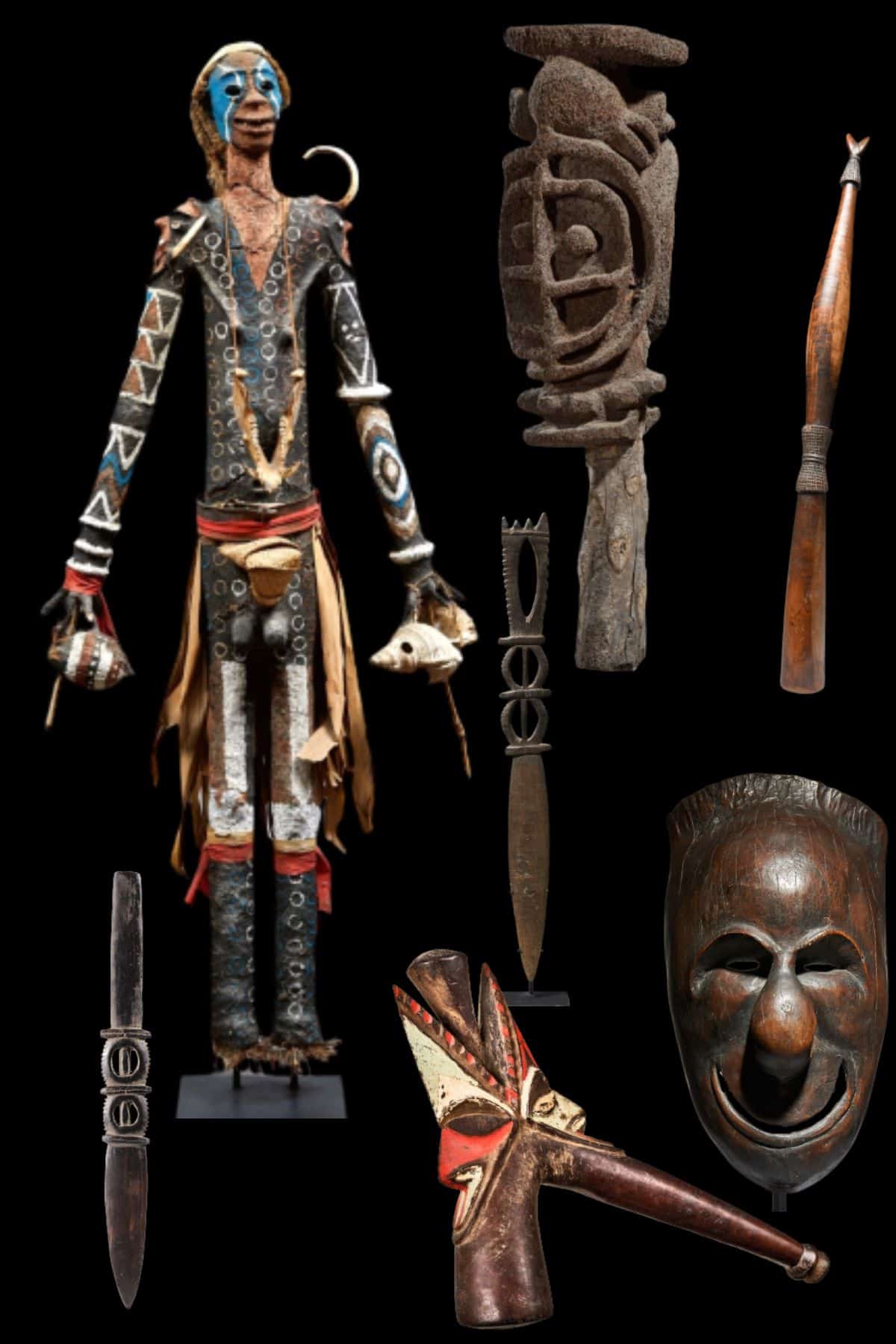
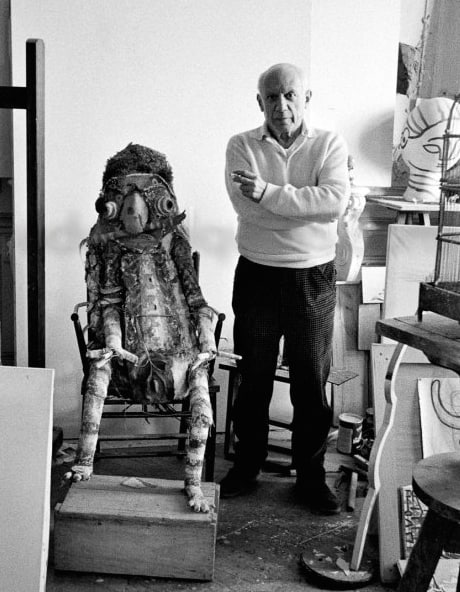
Background of Vanuatu Art and Artifacts
Vanuatu, is a beautiful island nation located in the South Pacific Ocean. It consists of 83 islands, of which only 65 are inhabited, spread across an area of approximately 1,300 kilometers.
The history of Vanuatu dates back thousands of years when the islands were inhabited by Melanesian tribes. European explorers arrived in the 17th century, and Vanuatu became a French-British joint colony in the late 19th century.
Many of the top collectors and collections of Vanuatu are french.
Much of the sculpture was created as part of grading or initiation ceremonies. These gradings were multi-level and often took a lifetime to achieve.
left: Pablo Picasco and his Vanuatu mask
Vanuatu Art and artifact Types
Vanuatu Sculpture
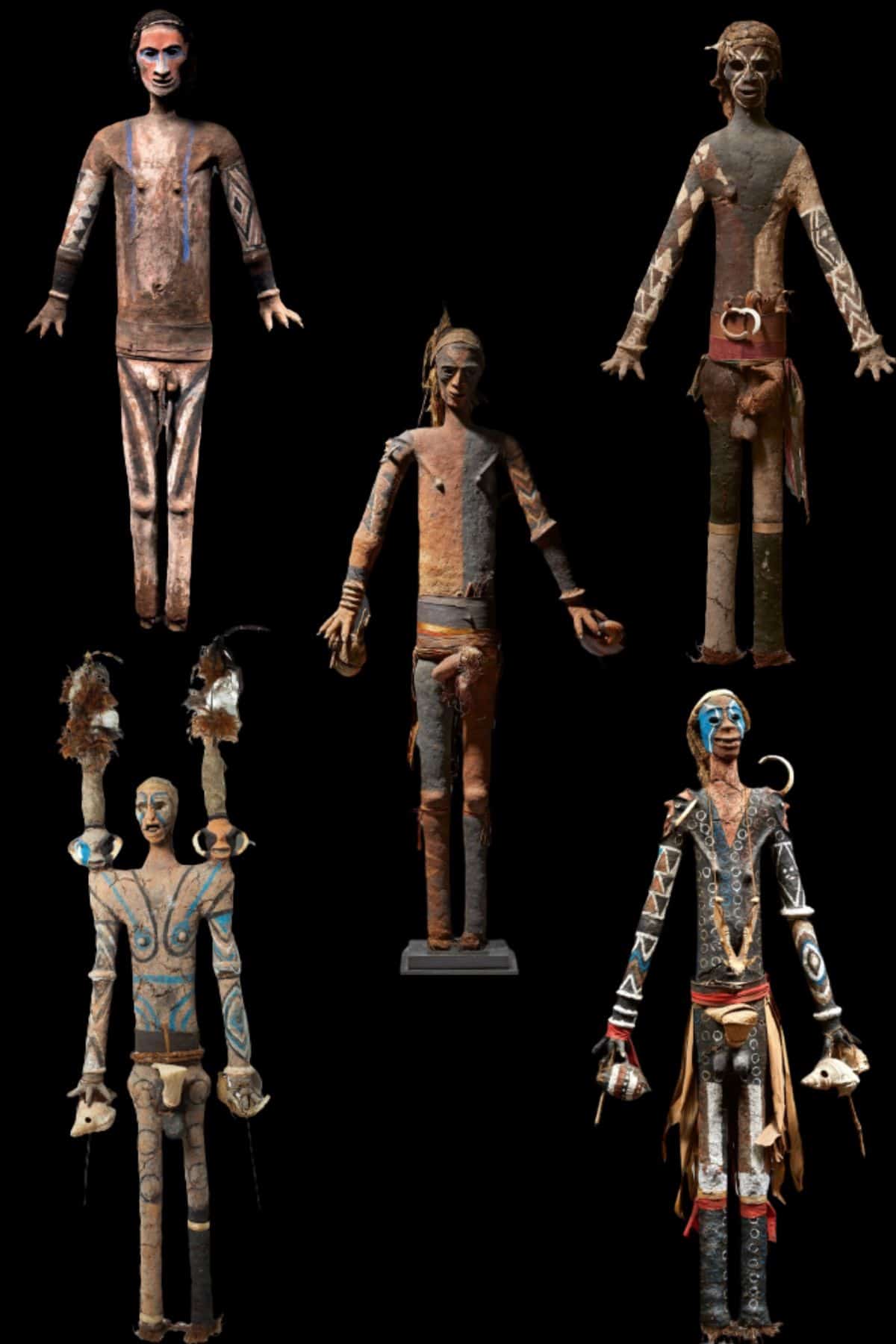
Rambaramp Figures
In Vanuatu the skulls of the dead become the central component of life-size effigies called rambaramp.
A surrogate body made out of bamboo, clay, and plant fibers was painted with clan designs. There is debate over whether the rambaramp was intended to be a physical likeness of the individual. The people in the community would have recognized the identity of the figure through patterns painted on the skull and body. These patterns are associated with the status of the deceased. Rambaramp were created only for men and only for those of the highest rank, usually chiefs or warriors.
Once completed, the rambaramp would be set up in the men’s house. By offering a place for the spirit to reside, the figure facilitated the continuing presence of the ancestor. The ancestor who would, in turn, ensure the well-being of the community. Because they were made largely of vegetal materials, the bodies of the rambarampwould eventually decay. However, the skull—the most vital part of the figure—would continue to serve as a representative of the ancestor long after the body was gone.
Rambaramp sculpture
180cm -220cm
Vanuatu Overmodelled skulls
In many Melanesian cultures, the soul resides inside the skull. Skulls of important men like chiefs and warriors were recovered after the body decomposed and over-modelled.
Overmodelling of the skull was over-modelled with a vegetable mixture and sap. The skull was over-modelled to replicate the face of the deceased as closely as possible.
The skull was then used as part of an effigy called a Rambaranp funerary figure in ceremonies for the dead.
These Rambaramp effigies allowed the ancestor to communicate and help the living. then later placed in the ceremonial men’s house
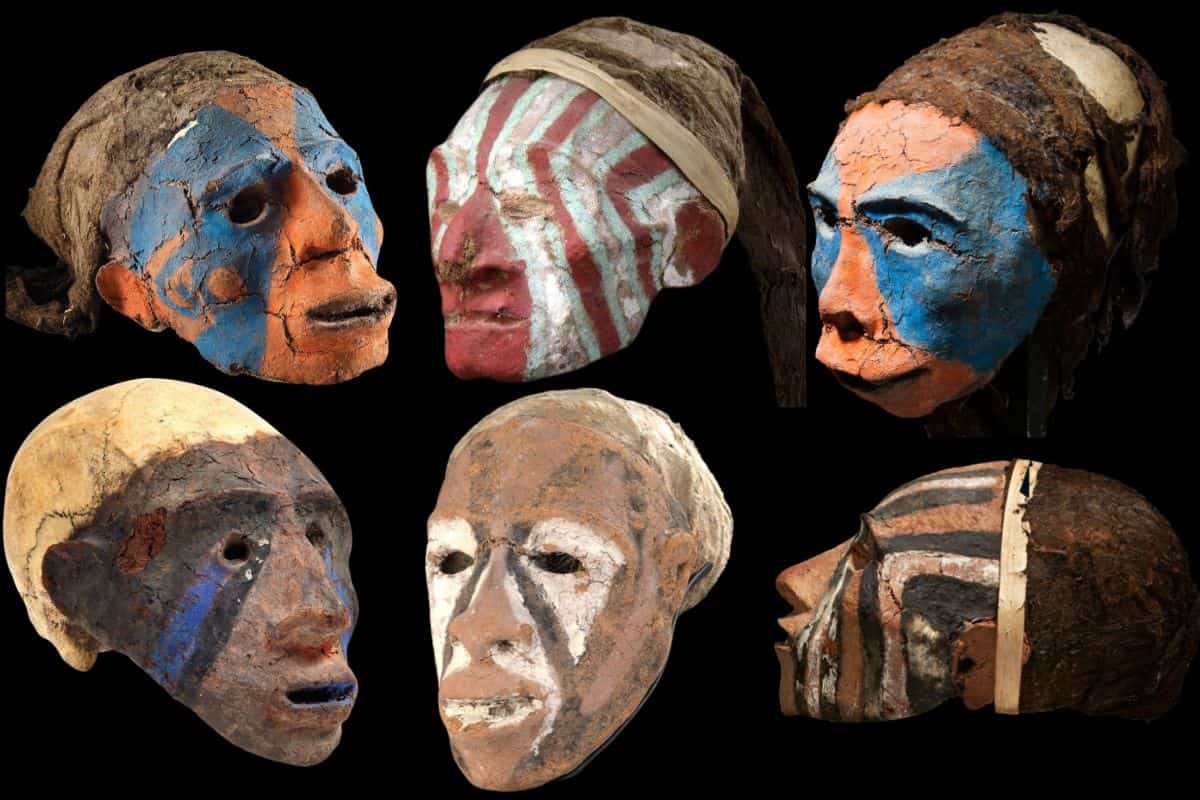
Vanuatu Fernwood Grade Figures
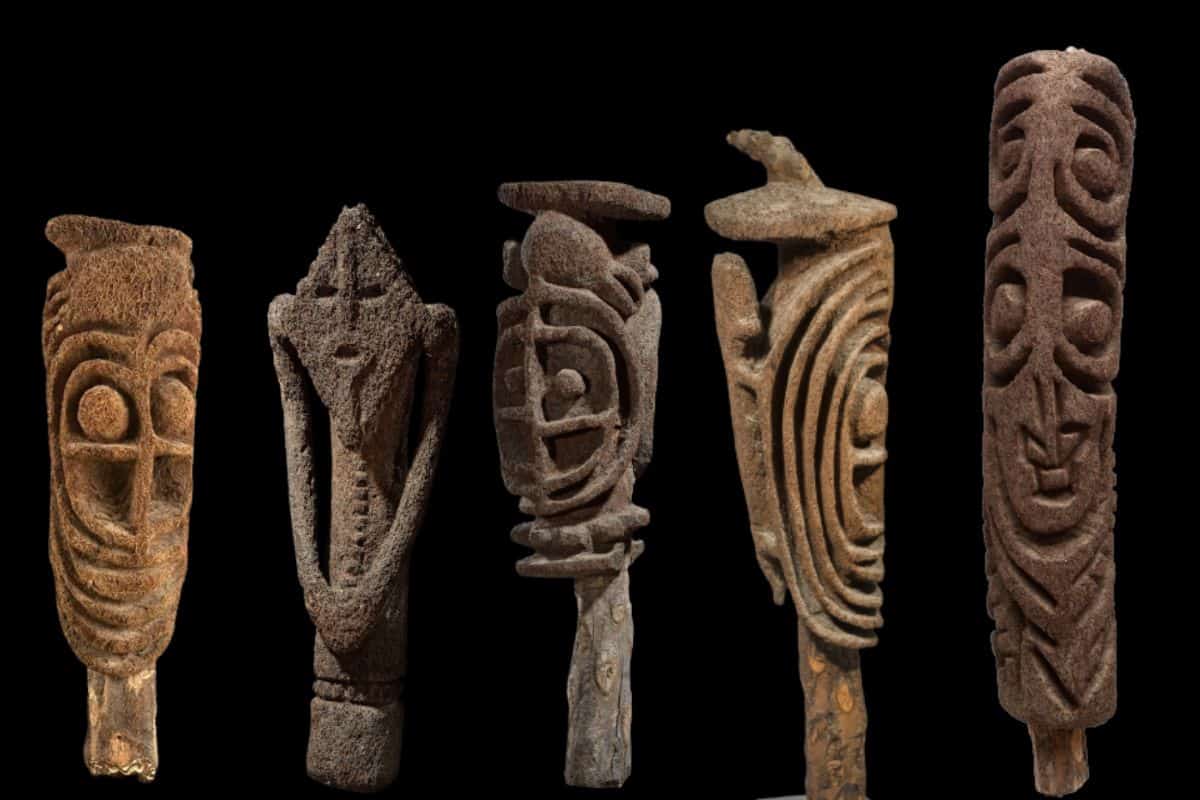
Vanuatu Grade Figures 109cm – 160cm
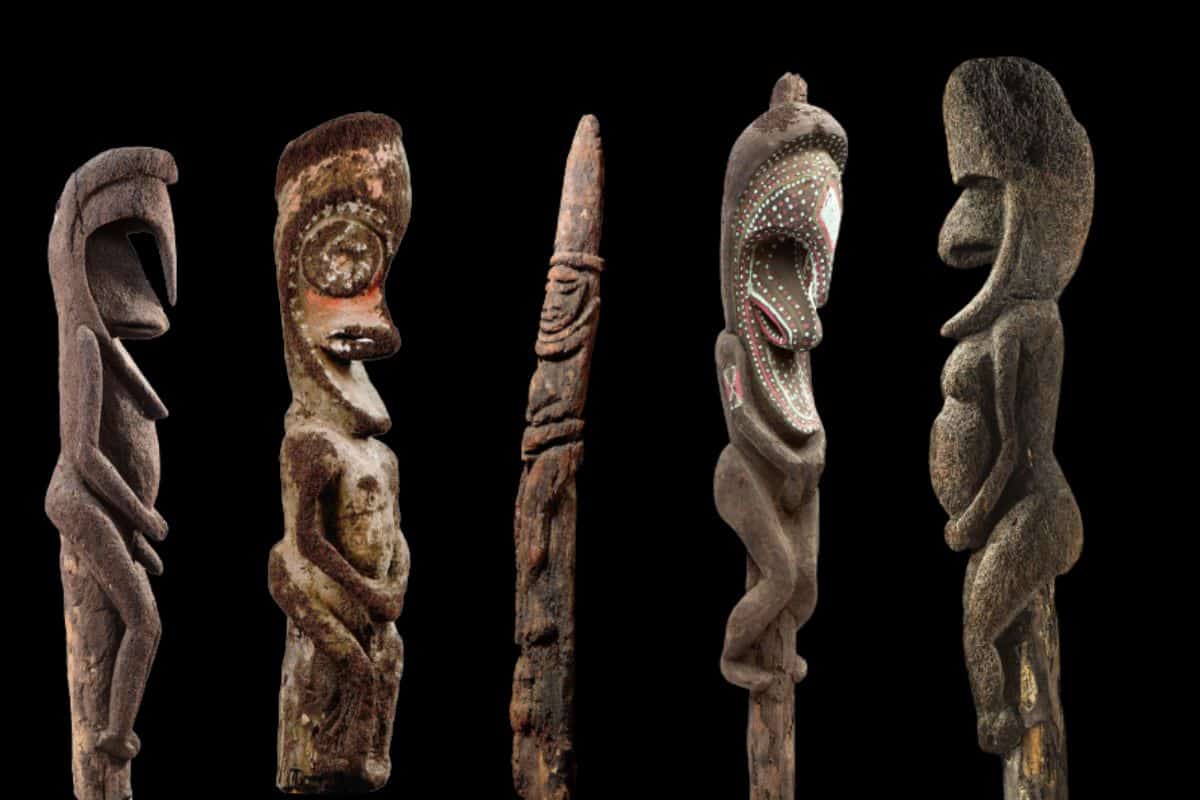
Vanuatu Grade figures 171cm – 249cm
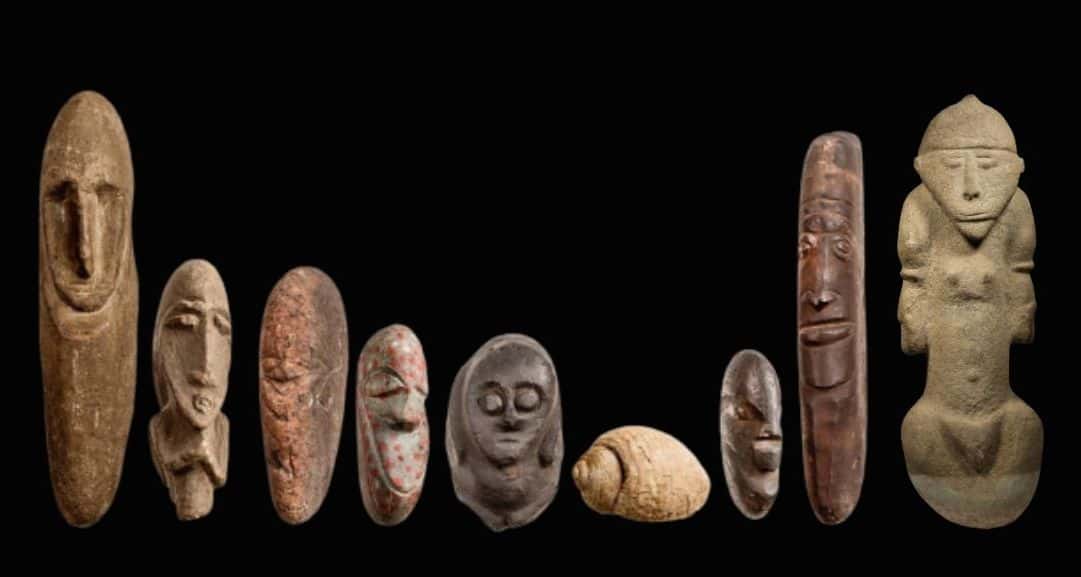
Vanuatu Stone sculptures
The exact function of these Vanuatu stones is not known. Some refer to them as being for magic related to an increase in pigs on the island. The pig is the standard of value and all other values are related to the pig.
Others stones appear to represent important ancestors or deities.
Vanuatu Art and Artifacts Masks
Ambrym Island Rom masks
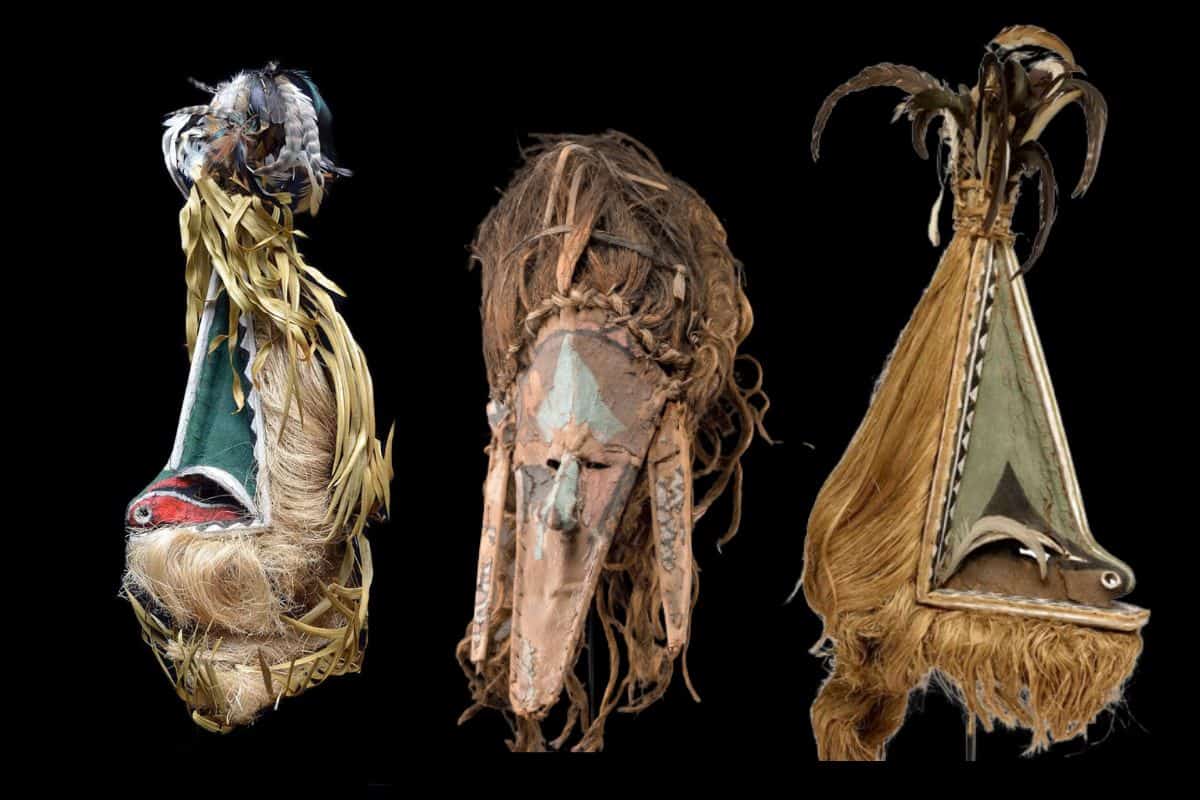
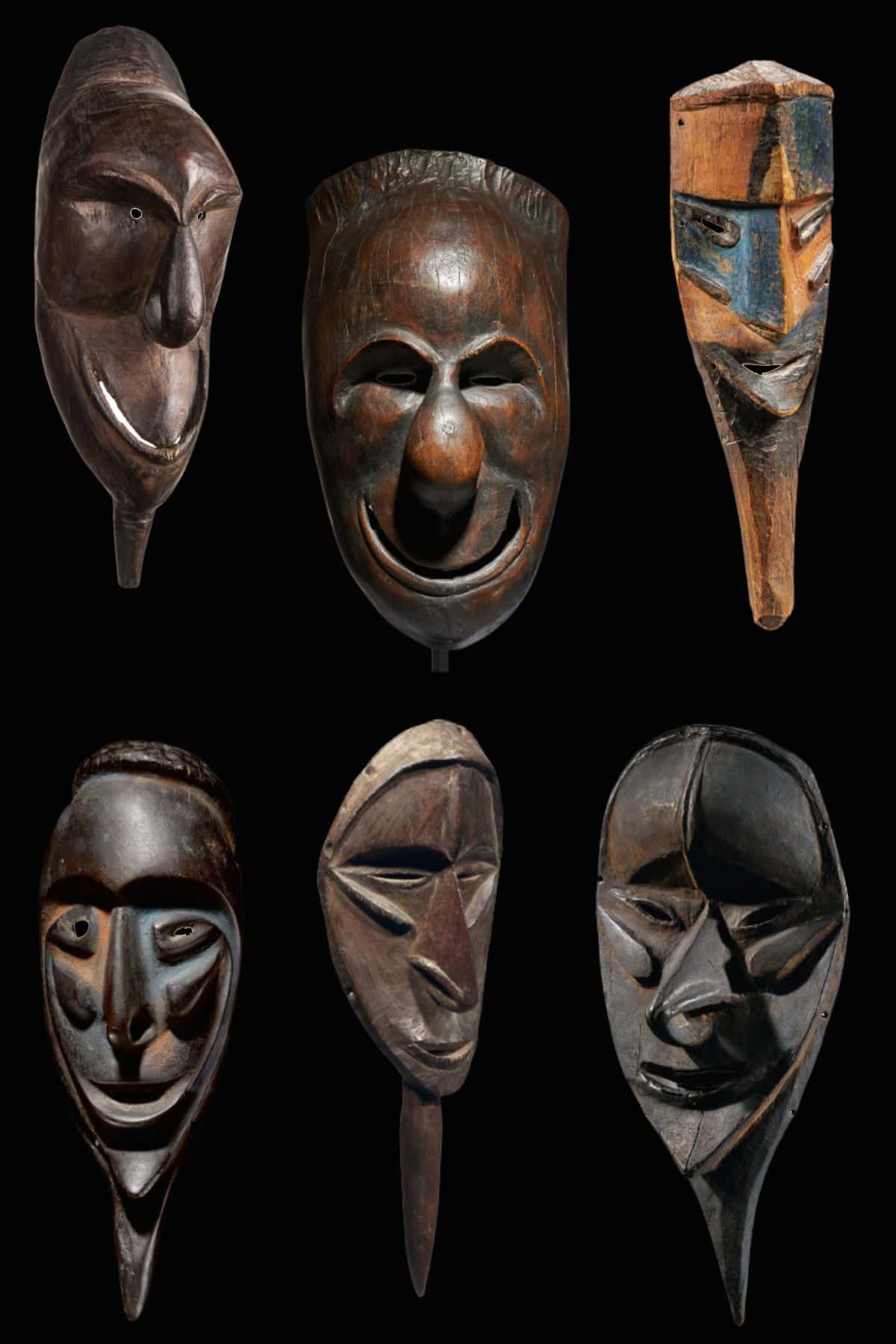
Vanuatu Wooden masks
The wood masks of Vanuatu come from the north of the archipelago. Their distribution is to the north of the Island of Ambrym and the South of Pentecost island
The masks were kept in the men’s house to preserve them from insect damage. A few days before the ceremonies took place, the initiates would take the masks to the forest. Here, in a clearing, far from sight, they would clean the soot of the men’s house from the masks and repaint them.
On the day of the ceremony, four of these masks, accompanied by two conical masks, would emerge from the forest. The masks danced in the village square, scaring the boys and women. The dance, which took place in April, celebrated the beginning of the yam harvest, the tubers which were then maturing in the gardens. The ceremony was one of the most important aspects of village life, beginning a period of plenty and exchange. The mask’s function was its power to materialize the presence of the ancestors bringing abundance and continuation.
Dances related to the harvesting of yams were abandoned from the late nineteenth as a consequence of Christianity.
Height 30cm – 49 cm
Vanuatu Body mask
The Nevimbumbao mask is used only for the nalawan grade ceremony. When she…is to be used, she is taken out of the nakamal. If there is someone there who has the right to use the mask, it is danced with (worn over the head and shoulders of the dancer). But if there is no-one who has that right, Nevimbumbao is placed beside the nasara (sacred dancing ground) to watch the dancing.
Unusually for sculptures associated with the nalawan ceremony, after use the Nevimbumbao is put back in the nakamal rather than burnt. However, the fragile nature of the materials mean that they rarely survive intact for very long, hence their rarity.
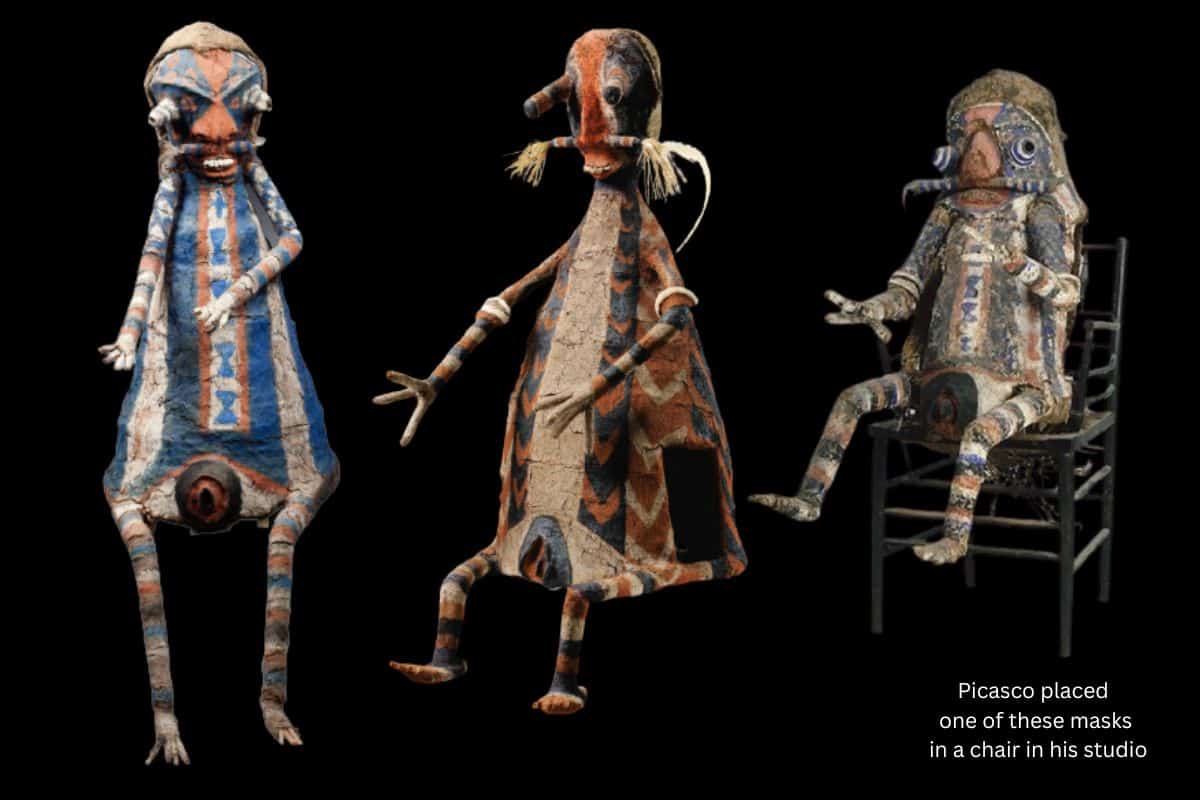
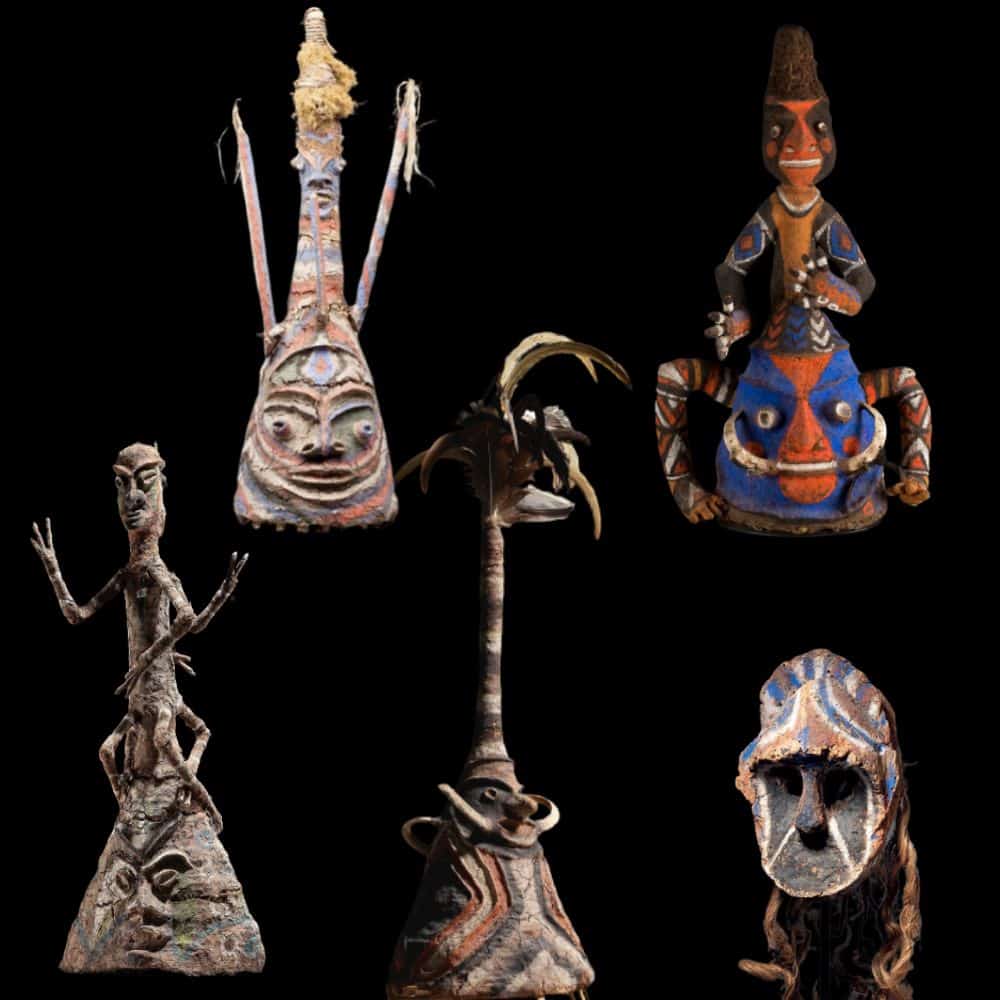
Helmet mask comes from southern Malakula. they are a part of complex men’s secret societies, which involve a series of ritual “grades”. Grades of initiation in which individuals pass, by means of initiation rites, festivals, and pig sacrifices. The higher your grade the higher you religious and social status. The two most prominent grade societies in southern Malakula are Nimangki and Nalawan. Grade rituals in each of these societies involve the creation of brightly painted figures and masks. The masksdepict depicting powerful spirits and other supernatural beings.
For example one mask represents the female cannibal giant Nevinbumbaan, whose son, Ambat Malondr, sits on her shoulders. Nevinbumbaan created the men’s Nimangki society
All images in this article are for educational purposes only.
This site may contain copyrighted material the use of which was not specified by the copyright owner.
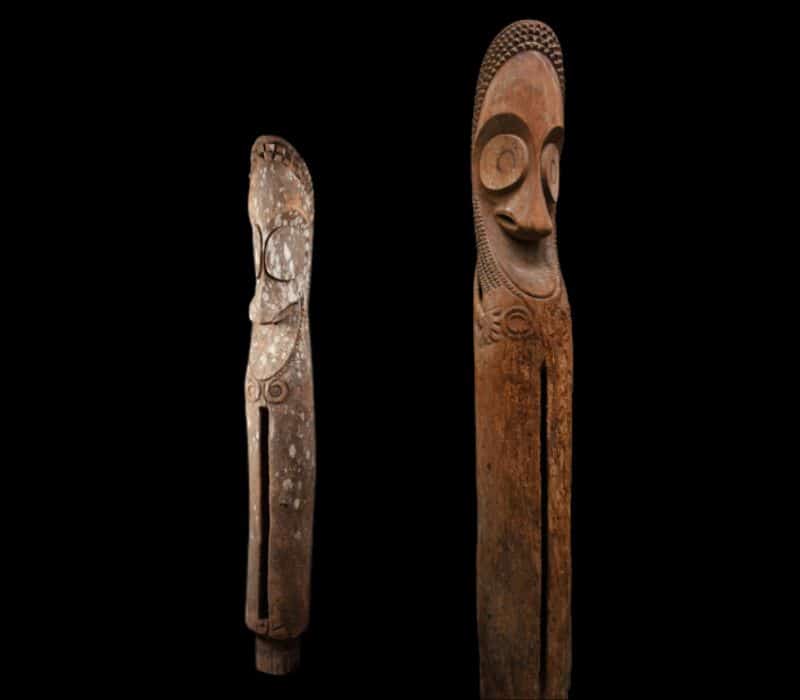
110cm – 360cm
Vanuatu Slit Gong Drum
The slit gong, also known as the tam-tam, is an important musical instrument and cultural symbol in Vanuatu. It is a type of percussion instrument made from hollowed-out hardwoods such as ironwood or breadfruit tree.
Slit gongs have significant cultural and ceremonial significance in Vanuatu. They are played during important events, rituals, and community gatherings. The instrument serves many purposes, including communication, signaling, and as a means of connecting with ancestral spirits. The sound of the slit gong carries spiritual power. It sound can invoke ancestral spirits, creating a connection between the living and the spiritual realm.
Malekula Rod puppets
On Malekula Island in Vanuatu there was a form of rod puppet temes nevimbur. Members of the secret society from behind the community’s dancing-ground fence would make them come to life.
The fragile heads are from a vegetable paste over a base of a coconut or bundle of leaves set on the end of a stick. The figures destroyed at the end and as part of the ritual.
Lots of these on the market are not old but made for sale.
Range from 30cm – 90cm
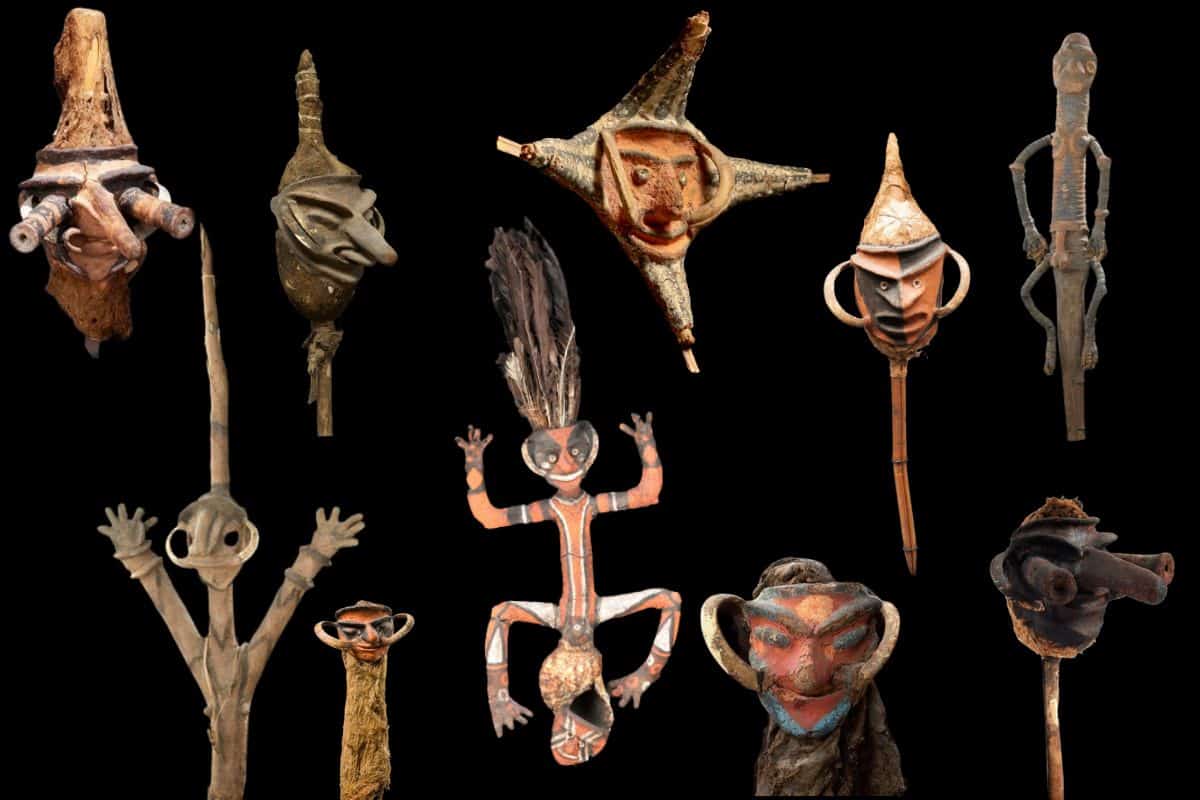
Vanuatu Ritual objects
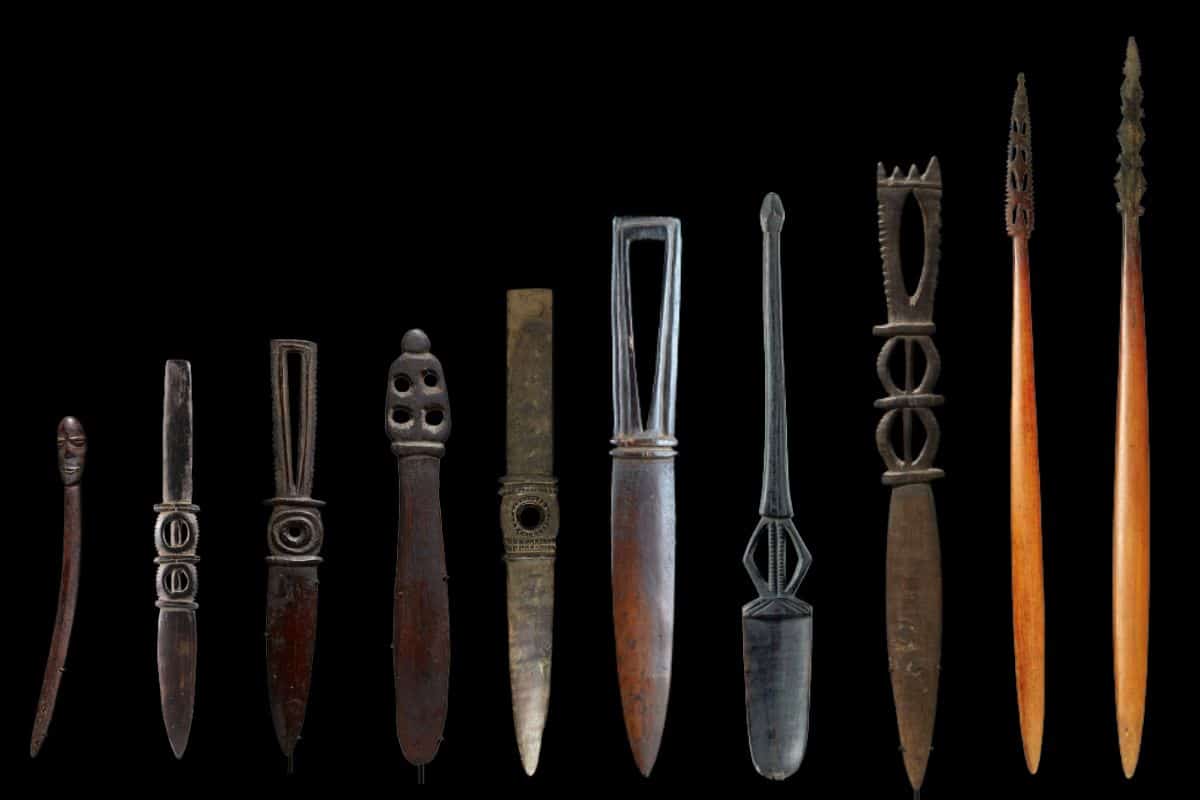
Lengths vary from
31cm -72cm
Vanuatu Pounders
Pudding pounders are large food pestle used to crush taro and banana to make a dish called laplap. They are often decorated with cobble stone motif with finials like at at the top of the main houseposts of a high grade individuals abode.
Only a man of high grade in the Suque or secret society structure would to own or use a such pounders .
Range in heoght 56cm – 94cm
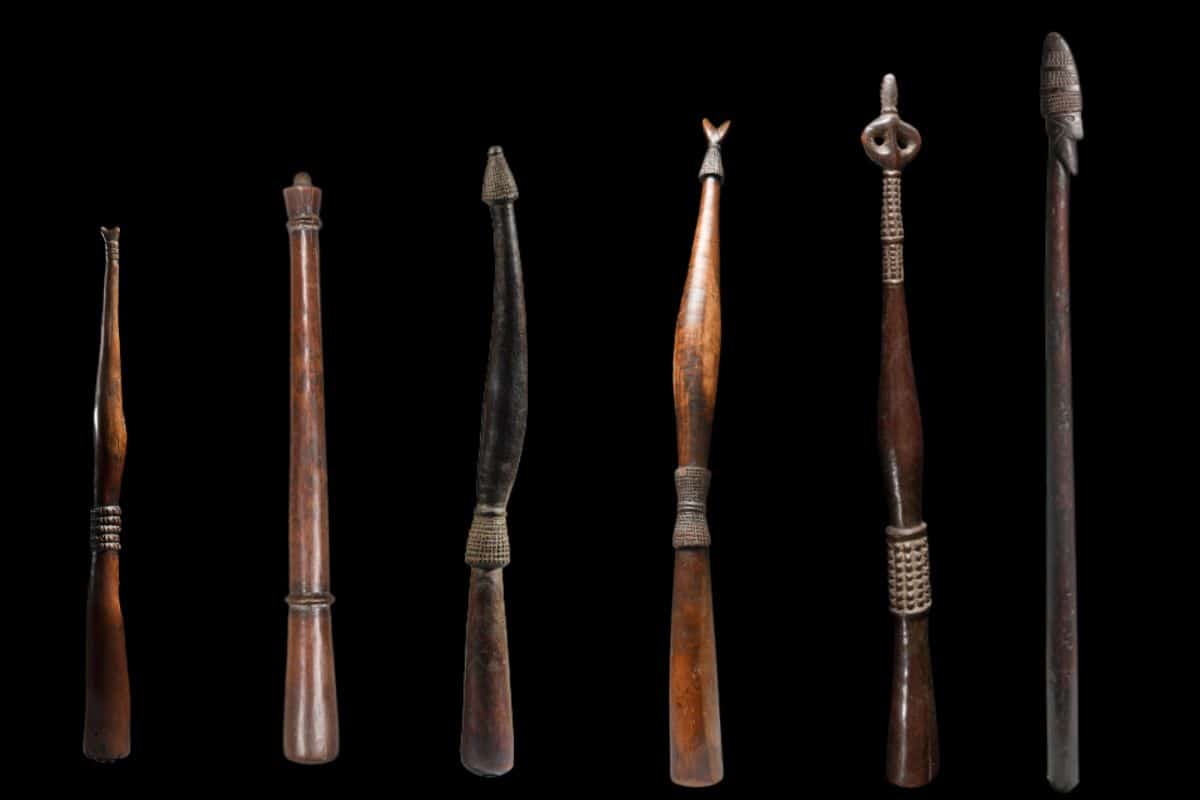
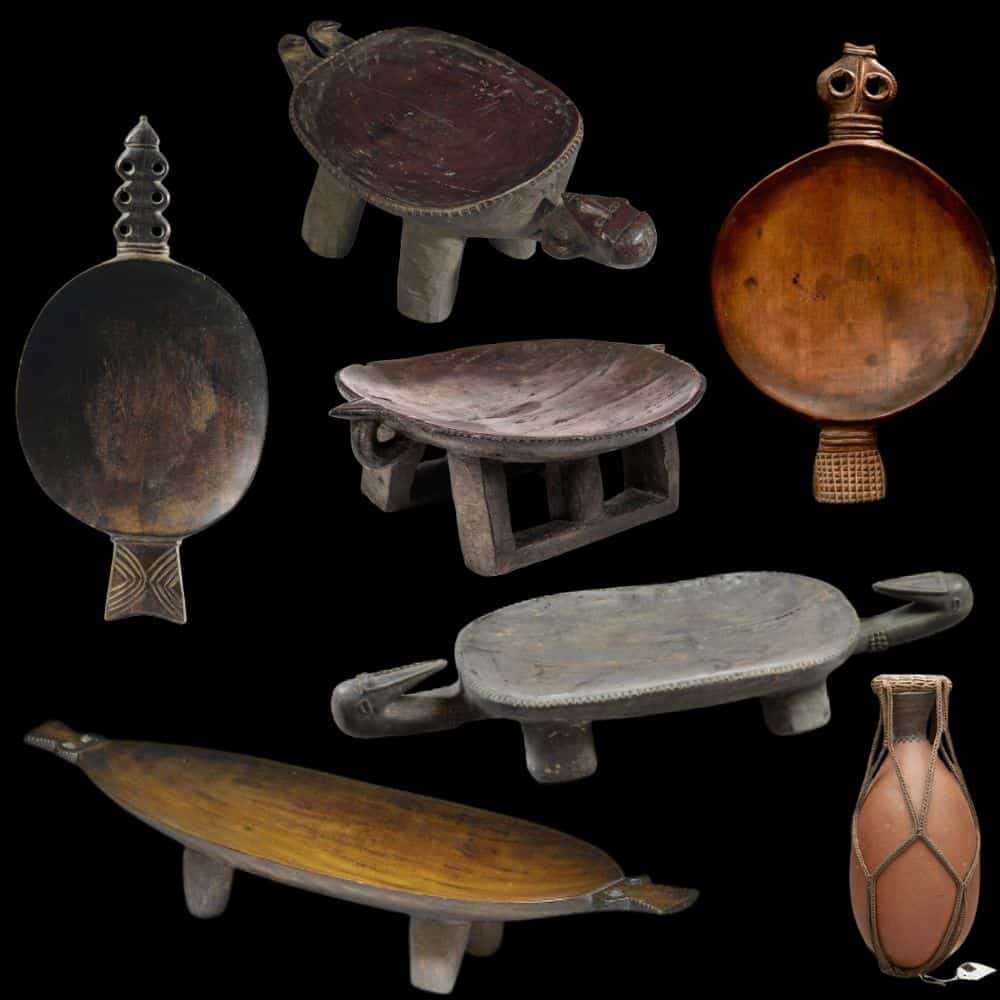
Vanuatu Pudding Dish
Pudding dishes much like pounders and knoves were a symbol of status.
Some styles of pudding dish were on legs a bit like Kava Bowls while others were flat on the bottom. Styles varied area by area.
Only a man of high grade in the Suque or secret society structure would own or use a such pudding dish .
Sizes of Plate vary from 25cm-87cm.
Size of Gourd 32 cm
Vanuatu Food Stamp staffs
These are often called clubs but they were not used in war fare. They were used during ceremony to let people know who was providing what pudding.
They are more akin to a seal than they are a weapon. The bottom stamp is carved with a unique symbol of the owner.
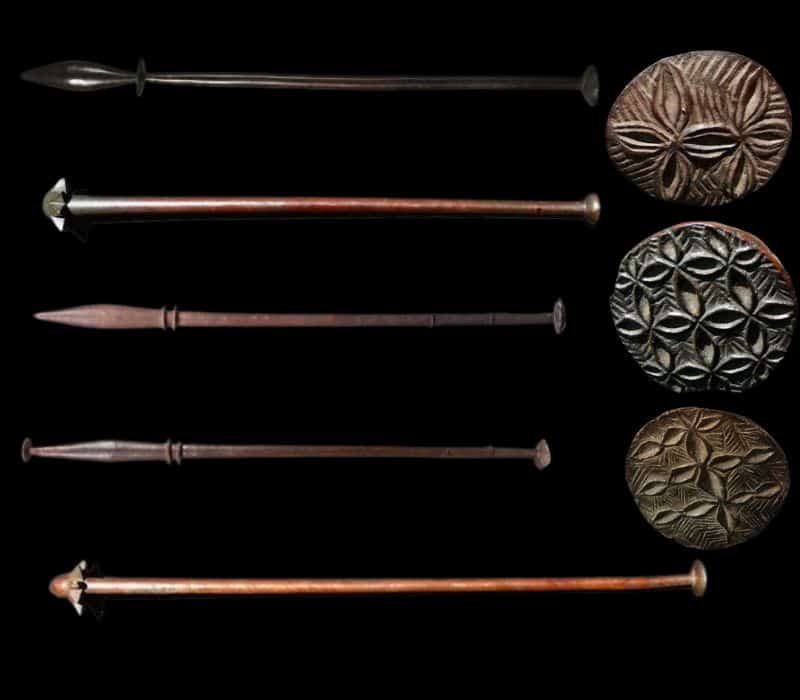
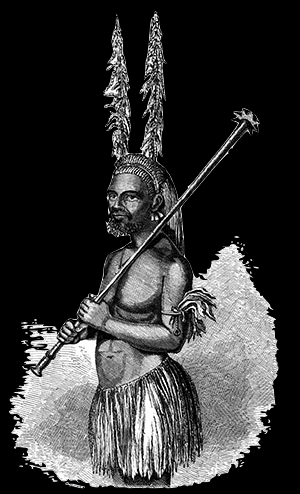
Vanuatu Pig Killing clubs
Pig Killing club were used in important Secret Men’s Societies on Vao Island. Many Vanuatu peoples have complex men’s secret societies, which involve a series of ritual grades. Initiation rites to achieve increasing religious and social status involves pig sacrifices.
Sometimes for the Highest Grades in the Secret Men’s Societies hundreds of Pigs would be killed & distributed. Pig Killing Hammer or Club dispatched the pigs with one heavy blow to the head. They are very important ceremonial objects and an object of status.
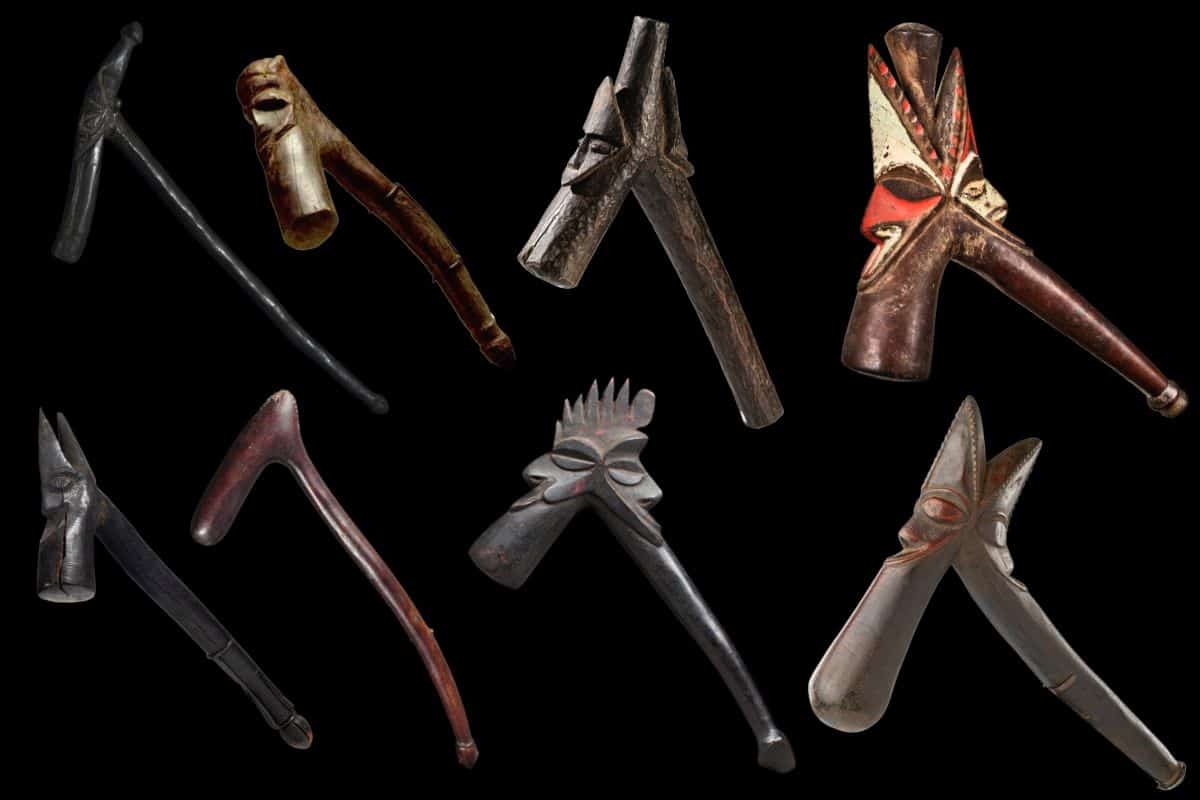
Vanuatu Weapons
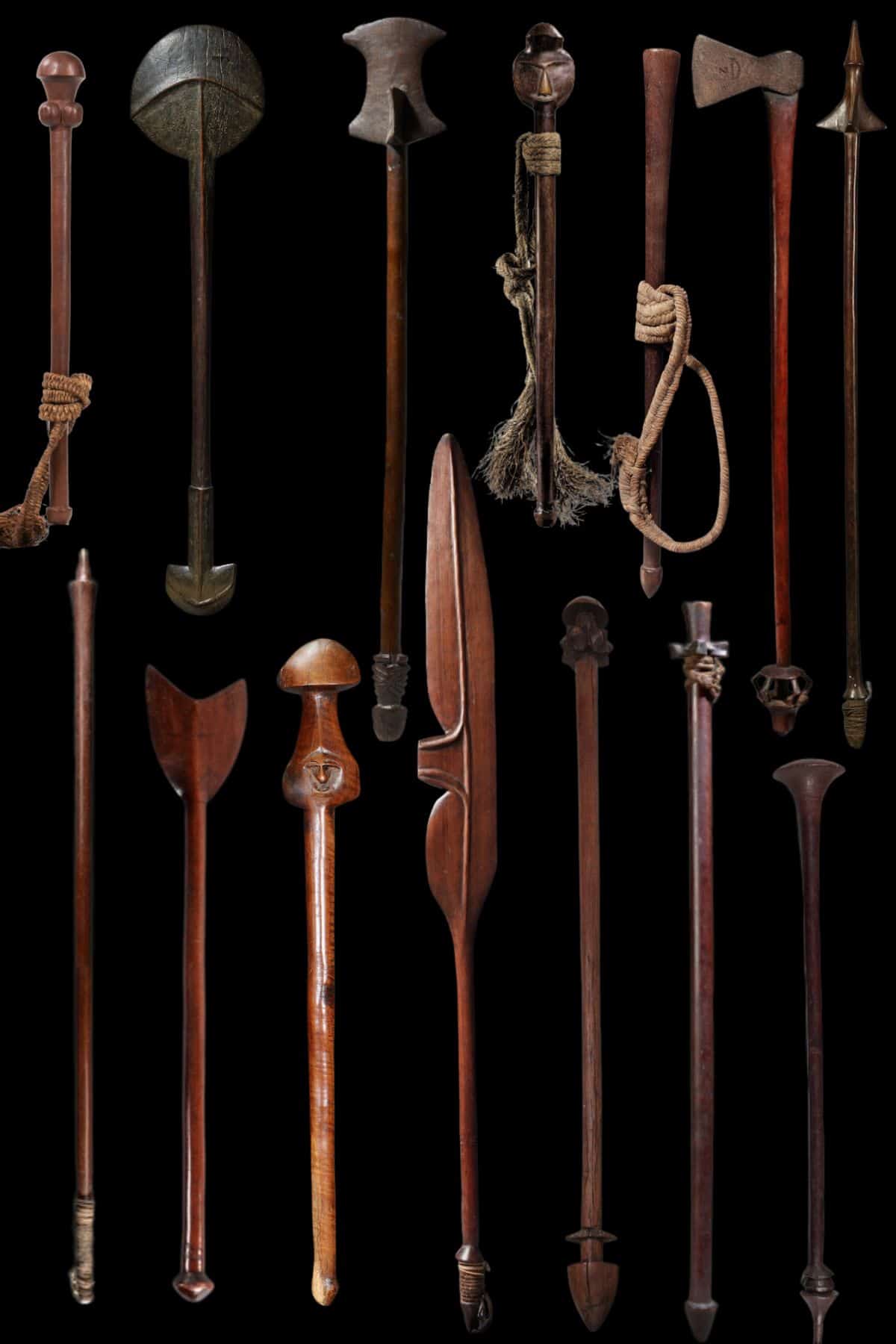
Vanuatu clubs
War Clubs from Vanuatu were often collected without locations being recorded. As a result it is difficult to assertain which cultural groups use which club type.
Well made clubs were also highly prized and the locals were reluctant to clubs that had spiritual meaning to them
Some club types are relatively common. These usually have 4 half sphered on the top but other types can be quite rare and valuable.
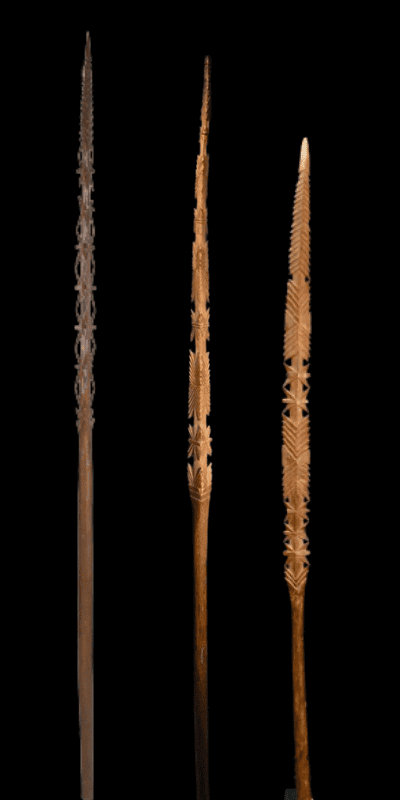
Vanuatu Spears
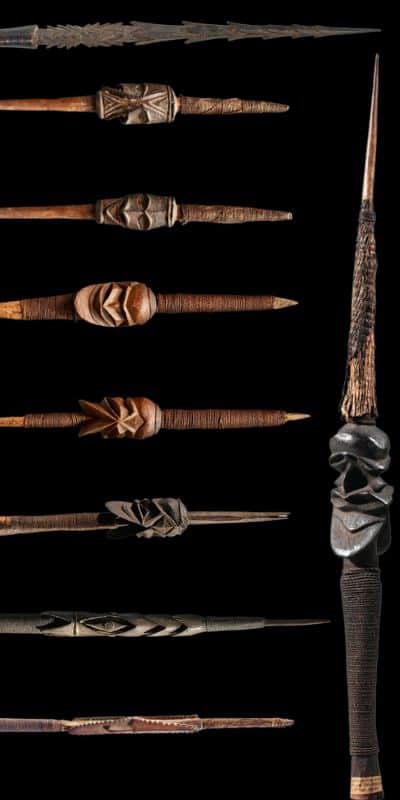
Canoe prows
Vanuatu Canoe prows have a very distinctive shape. Most are stylized birds but occassionally they have figurative elements and stylized bird shape.
Birds especially frigate birds guide fisherment to tuna. They are revered by fishement thoughout the pacific because they help find schools of fish in the vastness of the Pacific.
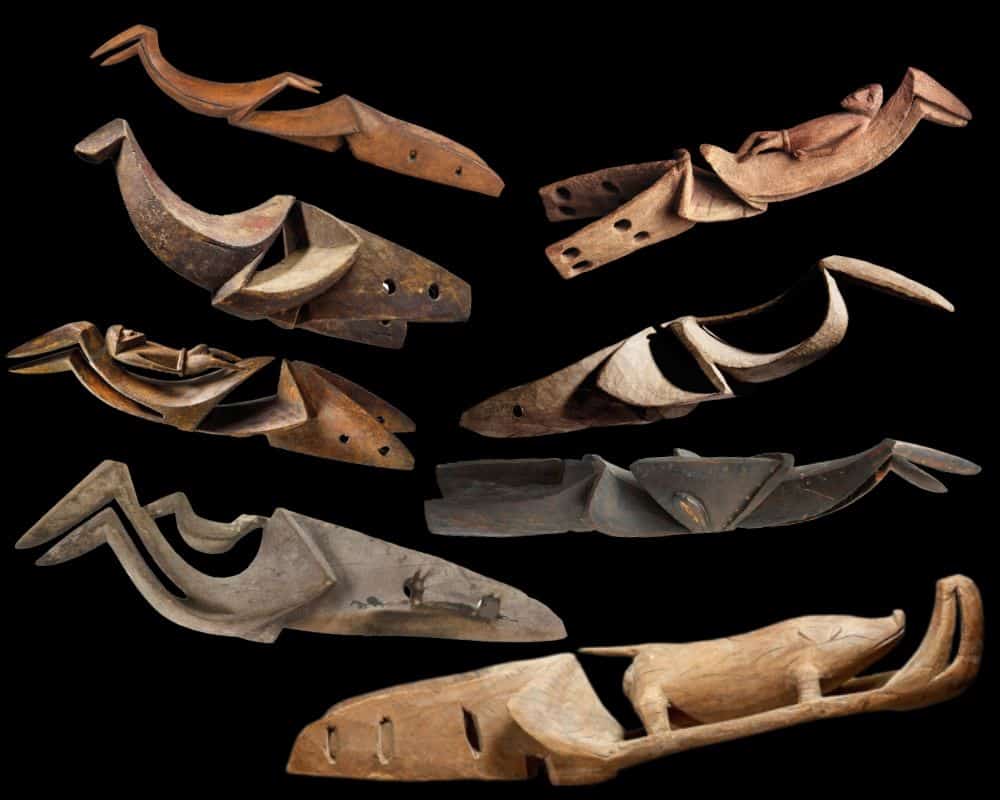
Vanuatu Artifacts
This article can not cover every object type. It is intended to be a starting place.
1. Shell Trumpet
2 Bamboo Flutes
3 hair combs
4 Armbands
5 Adze
6 Waist Belt
7 Pig Tusk currency
